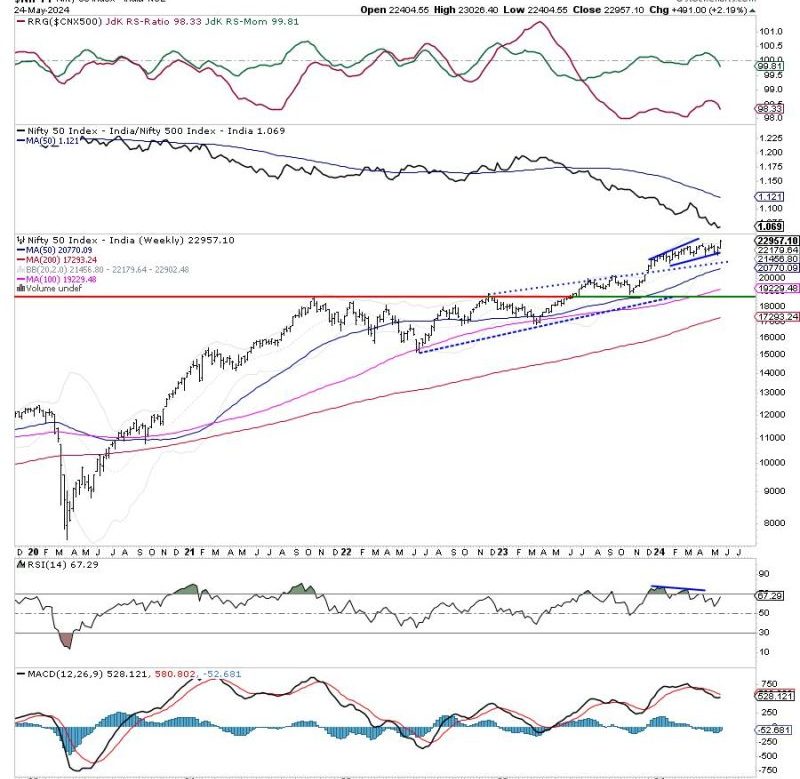
Get Ready for a Rollercoaster Ride: NIFTY’s Next Move and Why Leveraged Exposures Should Be Limited
In the world of stock markets, especially in the volatile times we are currently witnessing, it is essential for investors to be wary of the potential movements and fluctuations in indices such as the Nifty. Recent trends indicate that the Nifty might be on the verge of moving within a volatile range, which poses challenges for investors looking to maximize their gains while managing risks effectively. In this scenario, curtailing leveraged exposures becomes a prudent strategy for investors aiming to protect and grow their investments.
Leveraged exposure involves using borrowed funds to amplify the potential returns of an investment. While this strategy can significantly increase profits in a bullish market, it can also magnify losses in volatile or bearish conditions. Given the uncertainty and heightened volatility in the current market environment, investors need to exercise caution when it comes to leveraged exposures.
One potential approach to manage leveraged exposures is by reducing the level of borrowed funds or margin used in investment positions. By decreasing leverage, investors can lower their overall risk exposure and mitigate the impact of market fluctuations on their portfolios. This can help safeguard investments during periods of heightened volatility and uncertainty.
Another strategy to curtail leveraged exposures is through diversification. By spreading investments across a variety of asset classes, sectors, and regions, investors can reduce their reliance on any single position or market segment. Diversification is a time-tested risk management technique that can help cushion the impact of adverse market movements on an investment portfolio.
Risk management tools such as stop-loss orders can also be useful in curtailing leveraged exposures. These orders automatically sell a security when it reaches a predetermined price, helping investors limit potential losses and protect their capital. Stop-loss orders are particularly valuable during periods of high market volatility, where sudden and sharp price movements can catch investors off guard.
Moreover, maintaining a disciplined approach to portfolio management and adhering to a well-defined investment strategy are crucial aspects of curtailing leveraged exposures. Emotions like fear and greed can lead to impulsive decisions that may exacerbate losses in a volatile market. By staying focused on long-term investment goals and following a structured approach to risk management, investors can navigate turbulent market conditions with greater confidence and resilience.
In conclusion, in the face of the potential volatile range movement of the Nifty and the broader market uncertainties, curtailing leveraged exposures is recommended as a prudent risk management strategy. By reducing leverage, diversifying portfolios, utilizing risk management tools, and maintaining discipline, investors can better protect their investments and navigate the challenging market environment with resilience and confidence.
